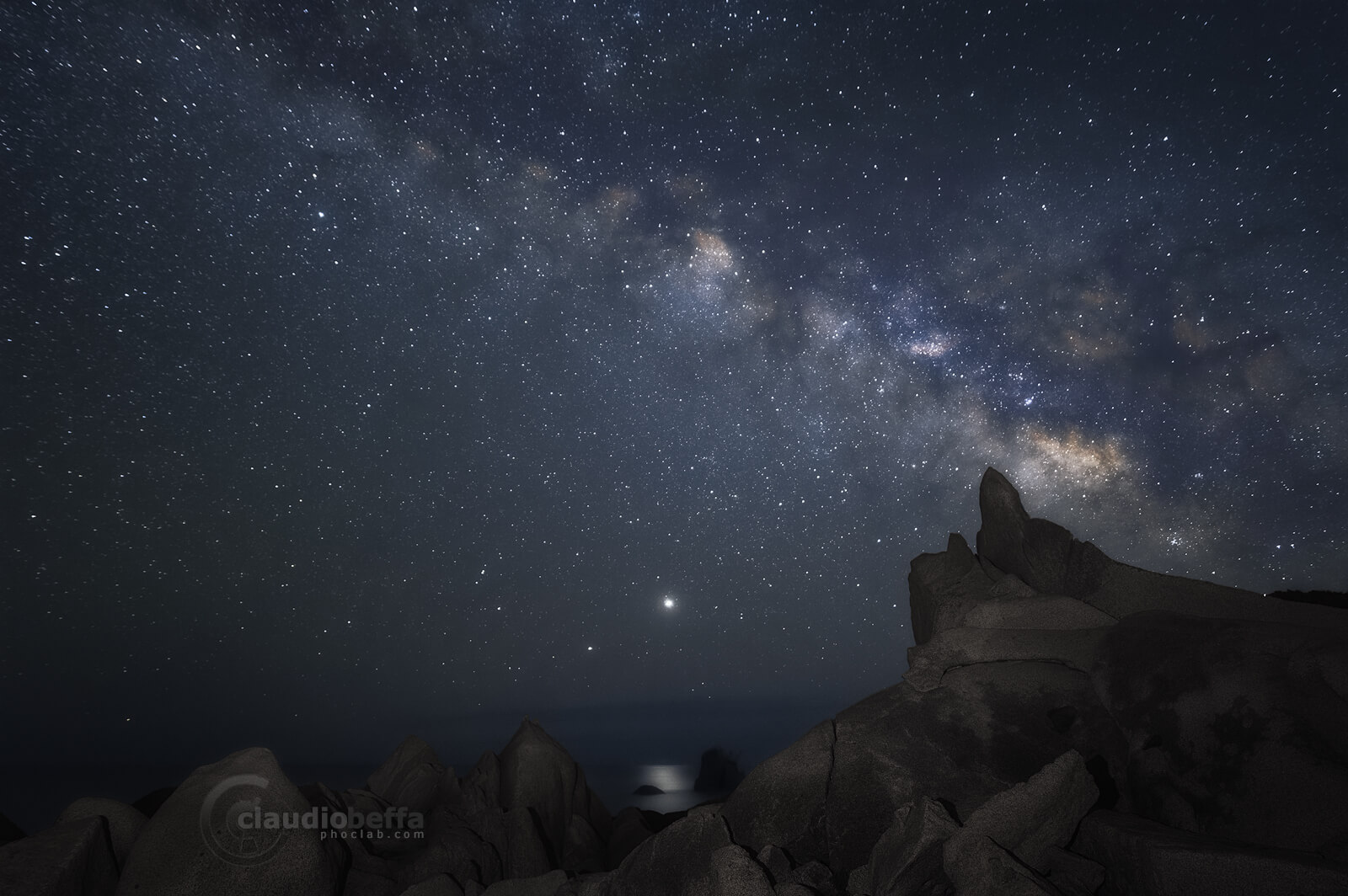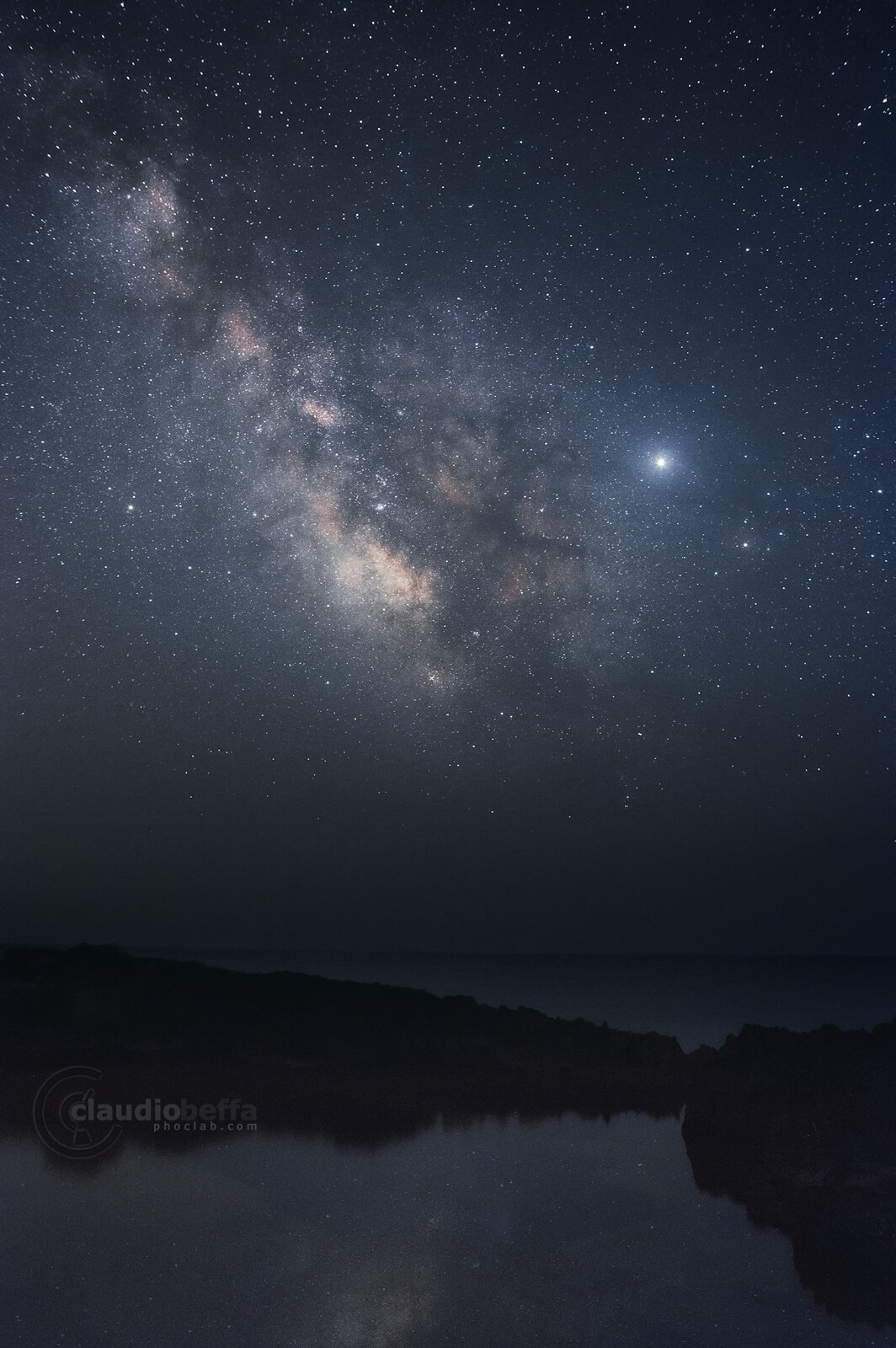The sleeping Boat Eater: a minimalist seascape of an iconic lighthouse in Sardinia, Italy.
“Faro Mangiabarche”, literally Boat Eater Lighthouse is probably the most iconic lighthouse in Sardinia: its two-faced soul makes it a reference point to entrust the life to, but at the same time also an harbinger of ruin and death, because it rises above a wide formation of harsh and spiky rocks which barely emerge from the surface of the sea. Many boats have been “devoured” by this place during fierce storms. Therefore, in this photograph I depicted it as a sort of vision of a sleeping entity.
The story behind this photograph starts with my wish to capture a “classic” view of the lighthouse lashed by the waves during a stormy day. So, the first thing I did has been to check the period of the year with the highest chances to catch an “ideal” day. Secondly, after some wait, I’ve checked four different weather forecast services to be sure that the chosen day was the right one. Finally, excited and full of enthusiasm, I’ve headed to the much aspired subject. However, during my hour and a half itinerary, I had begun to notice that the sky was not promising; confident about the concordance between the forecasts, I didn’t lend weight to it.
When I finally arrived to the destination, I’ve been welcomed by an amazingly… flat weather: light wind, an homogeneous blanket of clouds and an almost dead calm. After an initial discouragement, while observing the lighthouse, I thought about its story and its peculiarity, and I’ve decided to interpret its figure not as a “life saver” which fights during a storm, but as a sleeping and resting entity ina time of quietness.
Moral of this story: in landscape photography there’s nothing taken for granted, even if you cross-check 4 times; so, it’s useless to obsess over a prefigured shot and stick with it, it’s better to be flexible and adaptable because in every situation there’s a chance to make a nice photograph.
EXIF:
Camera: Pentax K-3
Lens: Pentax SMC DA* 50-135mm f/2.8 ED (IF) SDM
Focal lenght: 95mm
Shutter time: 36 s
Aperture: F/8
Sensitivity: ISO100
This photograph has been awarded three times at the following international photography competitions:
– Honorable Mention in the 2018 edition of the ipa Int’l Photography Awards:
“The Sleeping Boat Eater” – Category Architecture/Other
– Honorable Mention in the 2018 edition of the ND Awards:
“The sleeping Boat Eater” – Category Special/Long Exposure
– Nomination in the 2019 edition of the FAPA Fine Art Photography Awards:
“Boat Eater” – Category Seascapes










